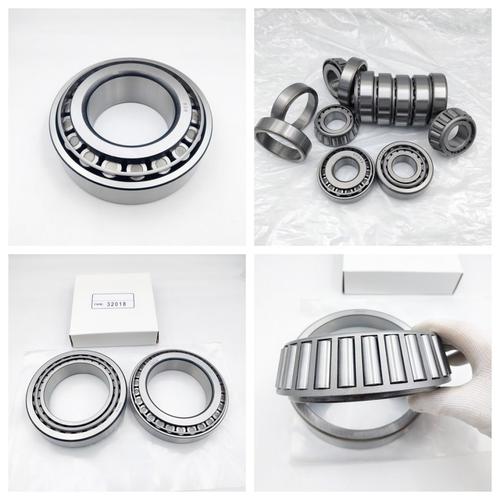Heavy Duty Industrial Bearings: Essential Guide to Selection, Maintenance, and Top Brands
Heavy duty industrial bearings are critical components in machinery requiring extreme load capacity and durability. Designed for industries like mining, construction, and manufacturing, these specialized bearings withstand intense pressure, high temperatures, and harsh operating conditions while maintaining precision performance.
Table of Contents
1. How to choose heavy duty bearings for mining equipment2. Industrial bearing maintenance best practices
3. High-temperature resistant industrial bearings
4. Bearing failure analysis in heavy machinery
5. SKF vs Timken heavy duty bearings comparison
1. How to choose heavy duty bearings for mining equipment

Selecting bearings for mining equipment requires evaluating load capacities exceeding 300kN. Radial-axial combined load bearings with reinforced cages perform best in shovel loaders. Consider ISO 281:2007 standards for dynamic load ratings. Sealed spherical roller bearings reduce contamination in open-pit environments. Case studies show tapered roller bearings increase dump truck axle lifespan by 40% when using proper lubrication systems.
2. Industrial bearing maintenance best practices
Implement predictive maintenance using vibration analysis tools detecting early wear patterns. Proper relubrication intervals vary by bearing type: spherical rollers need 500-hour cycles vs cylindrical bearings' 800-hour cycles. Storage protocols must prevent corrosion through controlled humidity below 50%. Thermal imaging can identify misalignment issues before catastrophic failure. Documented maintenance histories improve MTBF by 28% in steel plants.
3. High-temperature resistant industrial bearings
Bearings operating above 150°C require special heat-treated steel (AISI M50) or ceramic hybrids. Cage materials shift from brass to machined steel at 200°C. High-temperature greases with polyurea thickeners maintain stability up to 180°C. In kiln applications, zirconium oxide coatings prevent scale buildup. Recent innovations include graphene-enhanced lubricants reducing friction by 35% at extreme temperatures.
4. Bearing failure analysis in heavy machinery
Common failure modes include spalling (23% of cases) and cage fracture (17%). Metallurgical analysis reveals 68% of premature failures stem from improper installation. Vibration spectrography helps distinguish lubrication issues (peak at 1x RPM) from misalignment (2x RPM). Field data shows 42% of conveyor system failures relate to bearing contamination. Implement ISO 15243:2017 standards for systematic failure classification.
5. SKF vs Timken heavy duty bearings comparison
SKF Explorer series offers superior performance in variable load conditions with 15% higher dynamic rating. Timken's AP-2 bearings excel in extreme misalignment applications. Comparative testing shows SKF lasts 18% longer in cement mill applications, while Timken outperforms in steel rolling mills by 12%. Pricing analysis reveals Timken provides better value for <$5k procurement budgets, while SKF dominates premium segments.
Understanding these five critical aspects of heavy duty industrial bearings can significantly impact your operational efficiency. From selecting the optimal bearing type for specific industrial applications to implementing advanced maintenance protocols, each factor contributes to extended equipment lifespan. The detailed comparison between leading brands helps make informed purchasing decisions. Continue reading to discover how proper bearing management reduces downtime costs by up to 60% in heavy industries.
This comprehensive guide covers essential knowledge for engineers and procurement specialists working with heavy duty industrial bearings. By implementing the selection criteria, maintenance strategies, and failure prevention techniques discussed, organizations can achieve measurable improvements in machinery reliability and operational costs. Always consult bearing manufacturers' technical specifications for application-specific solutions.




 13869596835
13869596835